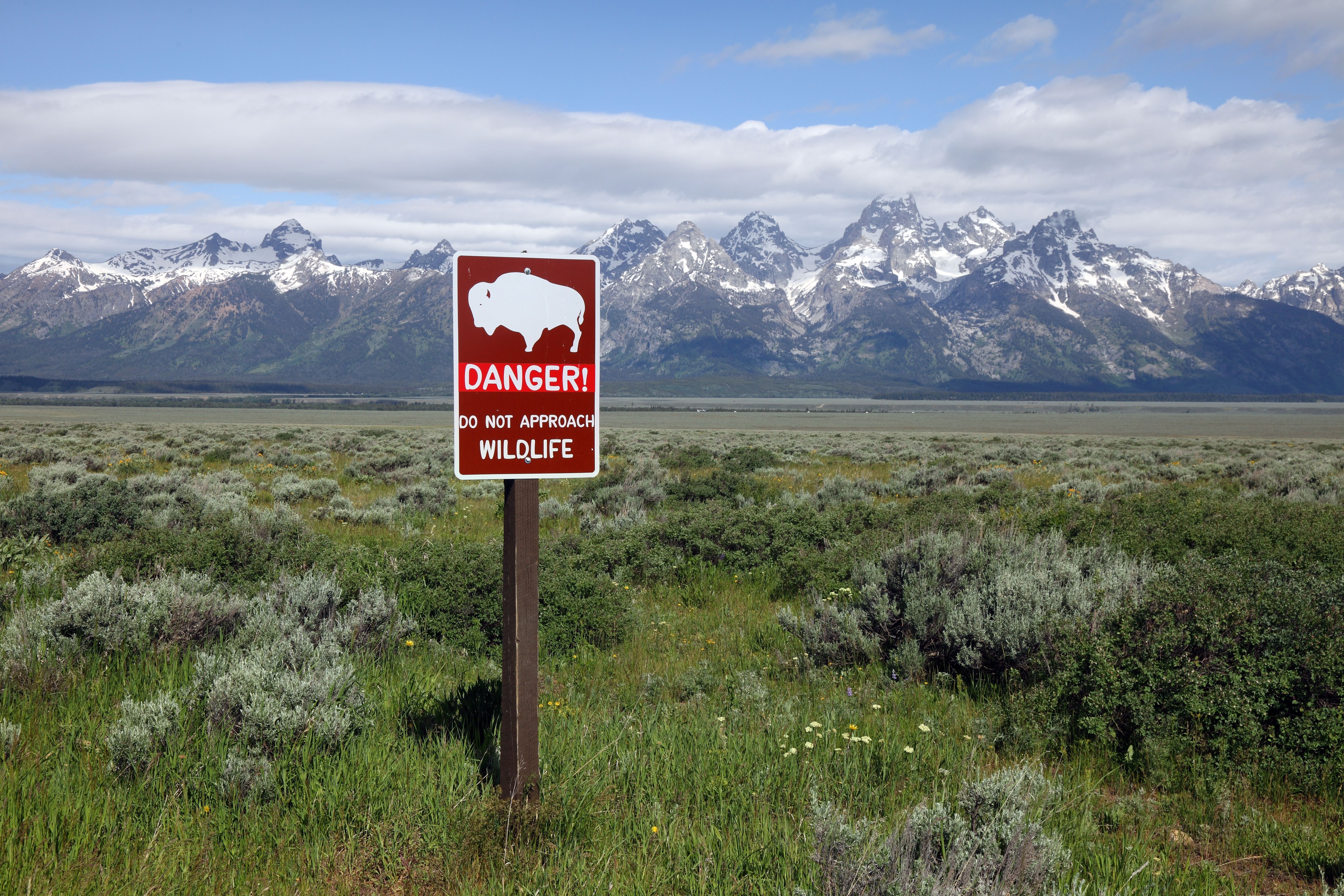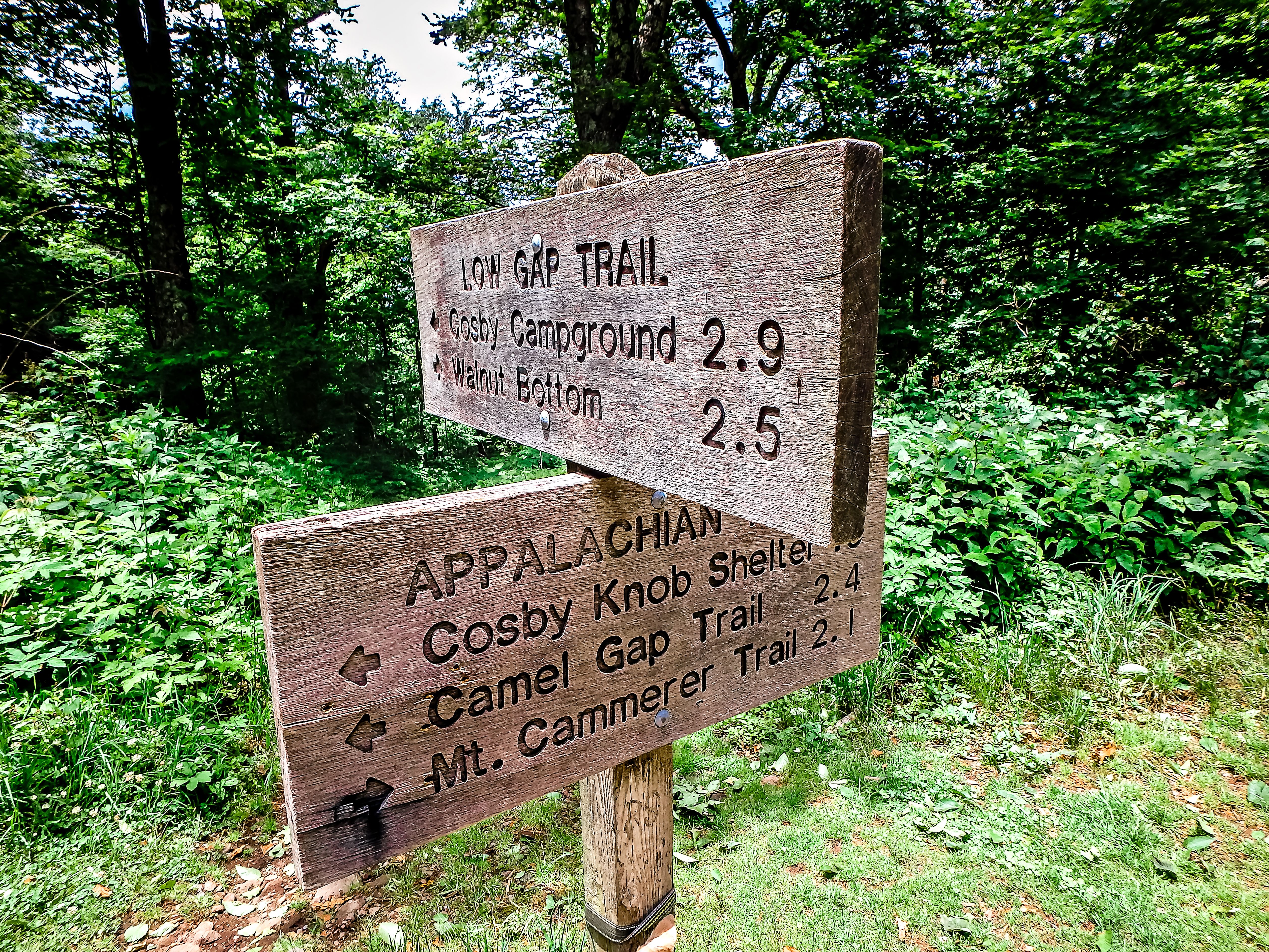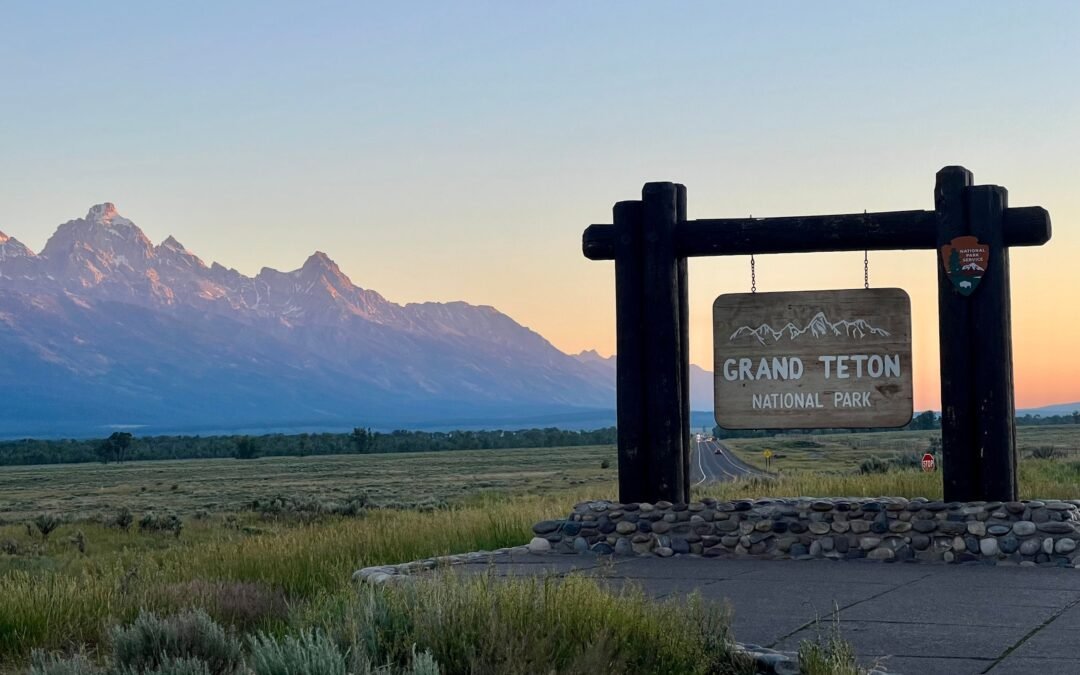Grand Teton Nationwide Park stays among the many busiest parks in America. The realm noticed a record-breaking 3.8 million guests in 2021, and 2025 is predicted to be yet one more busy yr.
The wildlife is a major motive for its attraction. Researchers are still finding new forms of wildlife in the park, like a fish species within the Grand Teton Mountain vary.
Grand Teton Nationwide Park can also be recognized for its vast number of birds. The birds often migrate and keep within the nationwide park for a couple of months all year long. Nonetheless, the park rangers observed a disturbing pattern, inflicting a number of hen deaths through the years—credit score to Grand Teton Nationwide Park for taking motion with a novel strategy.

Associated
Grand Teton Nationwide Park is warning guests over collectable seasonal droppings from the wildlife.
Grand Teton Nationwide Park Set Up 4 Papier-Mâché Sage-Grouse Decoys To Encourage Birds To Relocate
Grand Teton Nationwide Park obtained excessive reward for its current Instagram publish. The park raised a problem that occurred between 1990 and 2013. In that timeframe, 32 better sage-grouse had been killed by plane close to Jackson Gap Airport. To finish this ongoing challenge, the Nationwide Park Service turned to papier-mâché creations. The sage-grouse decoys are encouraging birds to relocate outdoors of the airport zone.
“Between 1990 and 2013, 32 better sage-grouse had been killed by plane close to Jackson Gap Airport—most throughout summer season months when hens and chicks are energetic. To assist scale back future strikes, the park, together with group companions, restored a 100-acre discipline simply south of the runway and positioned 4 handcrafted sage-grouse decoys to encourage birds to relocate their spring mating shows. This multi-year restoration is a part of the Airport’s Wildlife Hazard Administration Plan to enhance security for each wildlife and plane,” the Nationwide Park Service wrote.
The decoys had been created by:
- Teton Raptor Heart
- Jackson Gap Center Faculty artwork college students
- Native artist Lori Solem
Because of path cameras, Grand Teton Nationwide Park continues to observe the papier-mâché look-alikes. This precautionary measure generated many on-line thumbs-ups from park guests.
Grand Teton Nationwide Park Has Particular Circumstances In Place For Hen Watching
Grand Teton Nationwide Park has all kinds of hen species that may be discovered all through the park. Though widespread, hen watchers have guidelines they need to abide by within the park.
|
Hen-Watching Notes At Grand Teton Nationwide Park: |
|---|
|
Nesting birds of all species are simply disturbed. |
|
Don’t place your self between a feminine and her offspring. |
|
If an grownup on a nest flies off at your strategy, circles you, or screams in alarm, you might be too near the nest. |
|
Unattended nestlings readily succumb to predation or publicity to warmth, chilly, and moist climate. |
|
Good birding areas usually appeal to different wildlife. |
On common, birds often spend solely 3–6 months in Grand Teton Nationwide Park.

Associated
Great Smoky Mountains Announces Official Closure Of Popular Trail Until November
The Bullhead Path within the Nice Smoky Mountains wants some much-needed upgrades.
Grand Teton Nationwide Park Additionally Issued An Advisory For Elk
Grand Teton Nationwide Park has issued one other important advisory in current days. This one is especially associated to Elk and collecting their antlers, that are often shed at the moment of yr. The Nationwide Park Service reminds guests to not take the antlers from Grand Teton Nationwide Park.
“Elk and different ungulates are at present shedding their antlers in and round Grand Teton. Whereas it may be tempting to snag a shed as a memento, it’s necessary to recollect: It’s unlawful to take, gather, retrieve, possess, or transport any pure product, together with shed antlers, from Grand Teton Nationwide Park at any time of yr.”
It is a reminder that antlers are priceless for the ecosystem, notably for animals like rodents, porcupines, and small mammals that depend on them as a dietary useful resource.



Recent Comments